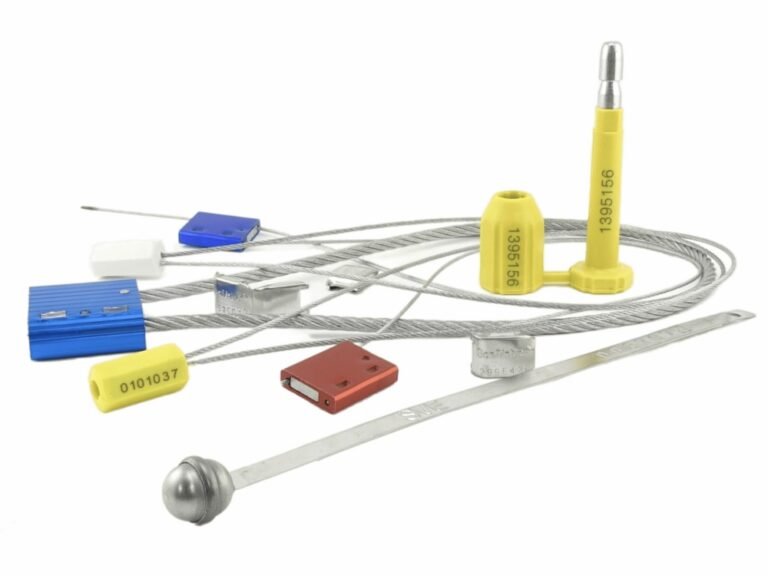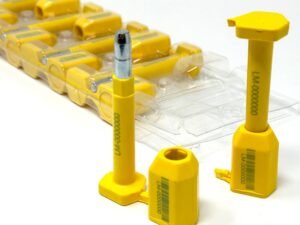
In the world of shipping and logistics, ensuring the security and integrity of cargo during transit is a top priority. One of the critical measures to safeguard goods is the use of container seal numbers. This blog post will explain what a container seal number is, why it is used, and when it is required, especially in international shipping.
What Is a Container Seal Number?
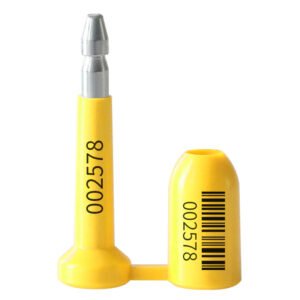
A container seal number is a unique identifier assigned to a seal used on shipping containers. This seal is usually made of metal or high-strength plastic and is attached to the container's locking device after it is loaded onto the ship and prepared for shipment.
The seal number itself can be a combination of letters and numbers. The number can also be displayed as a barcode and QR code for easy device scanning. The seal's unique number will also be listed on bills of lading and manifests.
Why Are Container Seals Used?
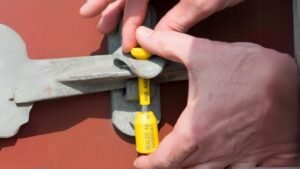
Container seals are primarily used to ensure the safety of goods during transportation. These seals are tamper-proof and any attempt to open the container will be detected because the seal is either broken or altered. This is a clear indication that the container has been accessed without authorization.
In addition to its security role, seals are also essential for verifying the integrity of the cargo. The seal number on the container is cross-checked with the shipping documents. If the seal number does not match, it indicates that there may be a problem with the cargo, which can be traced back to the number and resolved.
The Role of Seal Numbers in Shipping
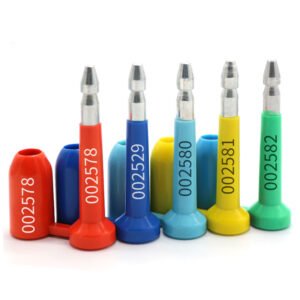
1. Ensure the safety and integrity of transported goods.
3.Provide assistance in case of disputes or claims.
If a container arrives with a broken or missing seal, an immediate alert is raised, prompting a thorough inspection. The seal number provides a reference point for investigating when and where a potential security breach occurred.
3.Regulatory Compliance
Seal numbers help ensure compliance with international regulations, such as those set by ISO 17712 and CTPAT.
When Is a Container Seal Number Required?
The need for a container seal number depends on several factors, including the destination of the goods and regulatory requirements. For international shipments, especially those entering or leaving the United States, it’s important to adhere to ISO 17712 standards, which mandate the use of high-security seals.
ISO 17712 high security seals designed for containers
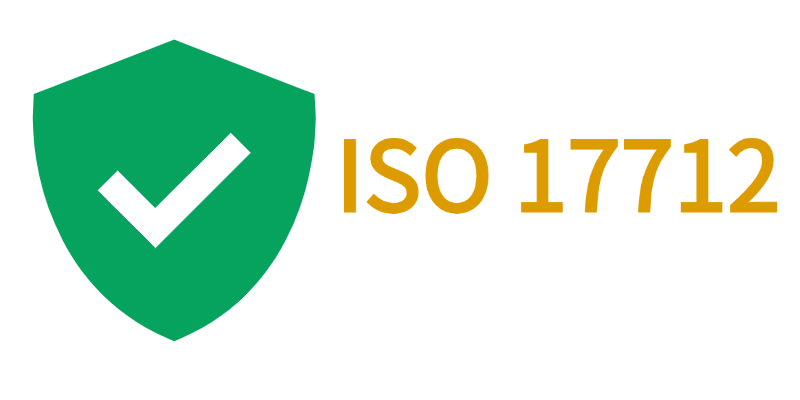
ISO 17712 is an international standard that specifies the security requirements for container seals. According to this standard, the seals used for securing containers must meet strict security and performance criteria.
High-security seals that meet ISO 17712 standards are designed to be tamper-evident and must have unique identification numbers engraved on them. These seals are also required for compliance with CTPAT (Customs Trade Partnership Against Terrorism) for goods entering the United States.
Domestic vs. International Shipping
While the use of container seals with unique numbers is mandatory for international shipments, it’s generally not required for domestic shipping within the same country. However, many logistics companies adopt this practice as a best practice to enhance security and accountability, even in domestic transport.
Conclusion
In summary, the container seal number is an important mark to ensure the safety, integrity, and proper handling of goods during transportation. Whether it is international transportation or domestic logistics, an effective number can help comply with customs regulations and assist in tracking goods.
Are you looking for a certified shipping seal supplier? Then contact us today. ProtegoSeal Security Seals is an ISO 9001 certified manufacturer of all types of tamper-evident solutions. We ship worldwide
Interesting content about container safety:
- Why Are Bolt Seals Popular for Securing Shipping Containers ?
- What is ISO 17712?
- Security Seal Procurement Guide: How to Verify Your Supplier’s CTPAT Certification?

